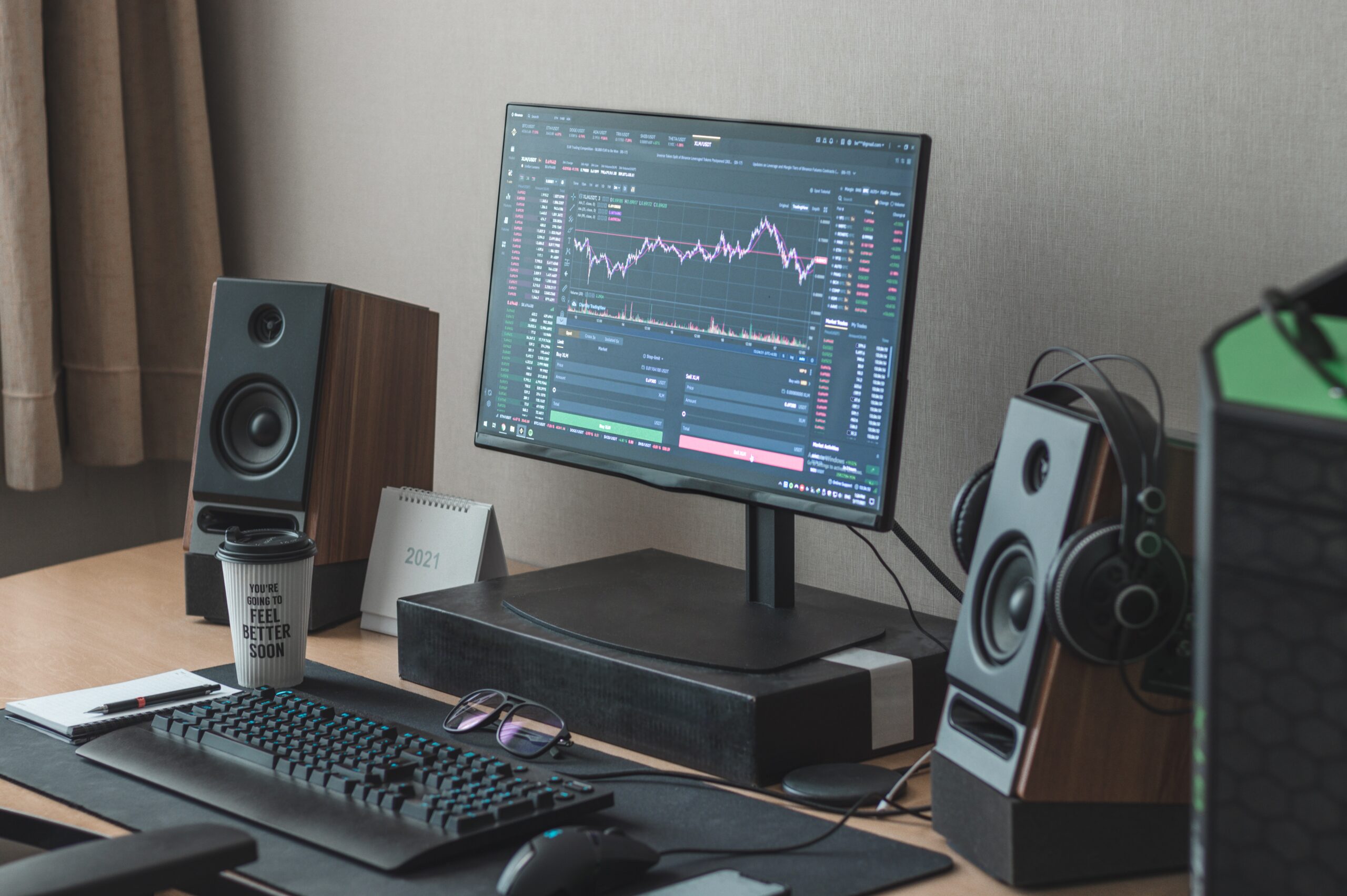The foreign exchange market, also known as forex, is a bustling marketplace where currencies are constantly traded. Understanding the intricacies of forex trading is crucial for potential investors. This is where the use of pips comes in.
What are Pips?
In the world of forex, pips (short for “percentage in point” or “price interest point”) are the smallest measurable price movement for a currency pair. They represent the minute fluctuations in exchange rates and act as the building blocks for currency movements. Many factors can influence fluctuations in exchange rates, from geopolitical events to economic indicators.
While seemingly insignificant, pips add up quickly over time, impacting your profits or losses. It’s important to note that pips are not used in index trading, where instruments like the FTSE 100 are measured in points, which are generally much larger movements.
Calculating Pips
For most major currency pairs, like GBP/USD or EUR/USD, one pip is equivalent to 0.0001, which is the fourth decimal place in the quoted price. So, if the GBP/USD moves from 1.3000 to 1.3001, that’s a one-pip increase.
However, there’s a slight twist for currency pairs involving the Japanese yen (JPY). Since JPY pairs are typically quoted to only two decimal places, a pip here translates to 0.01, which is the second decimal place. For example, a movement from USD/JPY 110.00 to 110.01 signifies a one-pip change.
Practical Application of Pips
Pips play a vital role in several aspects of forex trading, including:
Measuring Profit and Loss: Since every trade involves entering and exiting at different exchange rates, pips can help you calculate your gains or losses precisely.
Comparing Spreads: The spread is the difference between the bid (buying) and ask (selling) price offered by your forex broker. By converting spreads into pips, you can easily compare the competitiveness of different brokers. A lower pip spread translates to lower trading costs.
Managing Risk: Stop-loss orders, which automatically exit your trade when the price reaches a certain level to limit losses, are often defined in pips. This allows for precise risk management, especially in volatile markets.
Beyond Pips: The Bigger Picture
While pips are the cornerstone of forex trading, it’s crucial to remember they’re just one piece of the puzzle. Successful forex trading requires a comprehensive understanding of technical and fundamental analysis, along with a well-defined risk management strategy. And don’t forget, always ensure that you use a reputable online trading platform such as Tradu when forex trading.
By familiarising yourself with pips and their applications, you’ll be better equipped to navigate the dynamic world of forex trading and potentially capitalise on the opportunities it presents. Remember, however, that forex trading carries inherent risks, so always conduct thorough research or consider seeking professional advice before venturing into this market.
